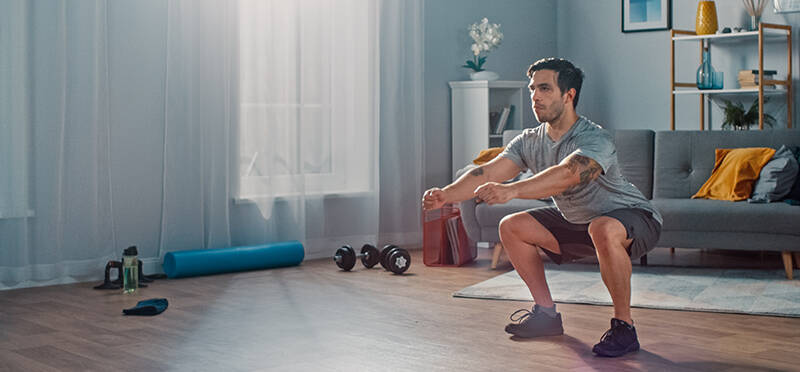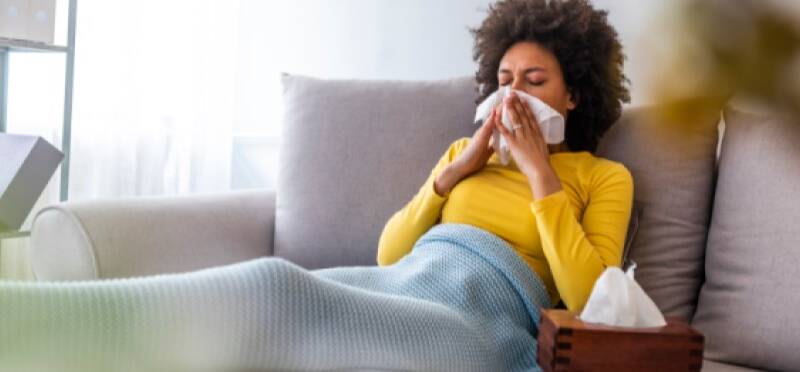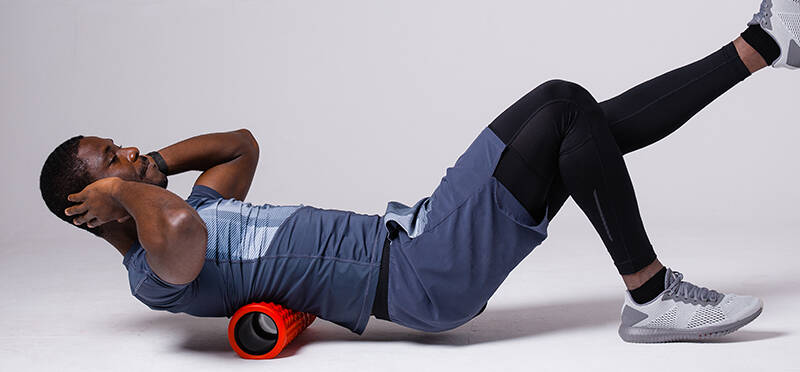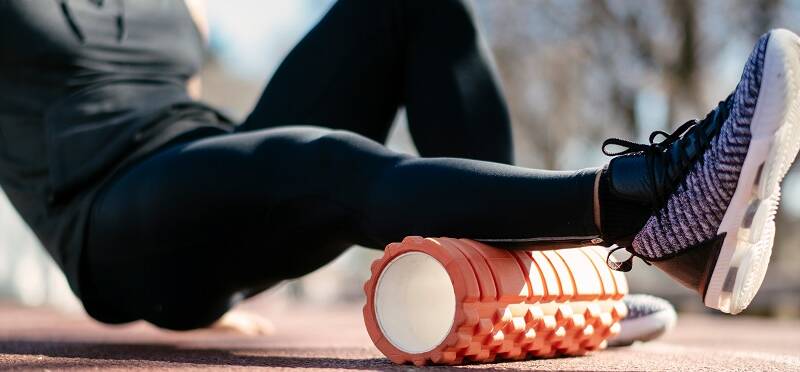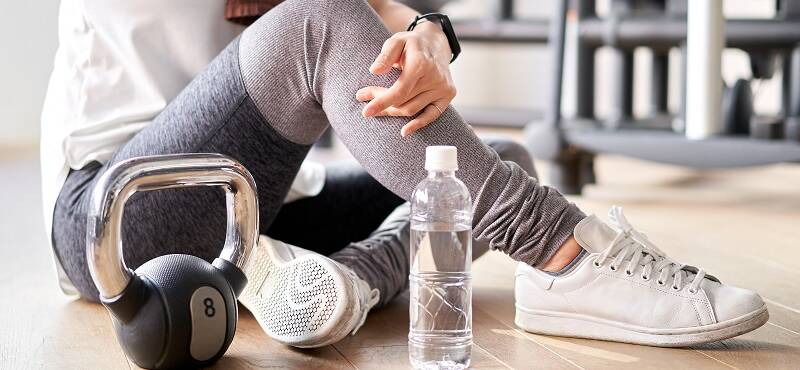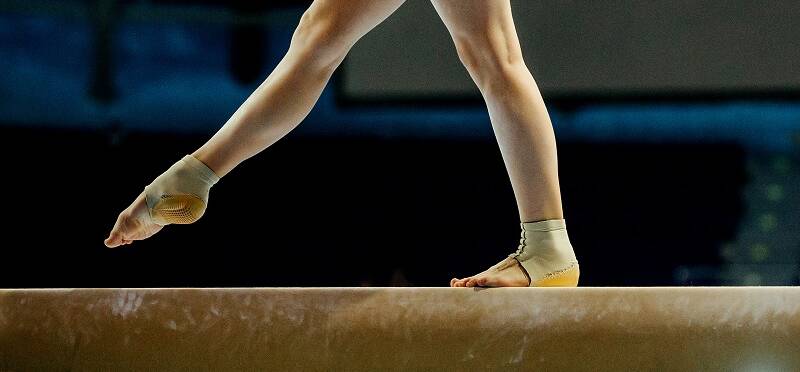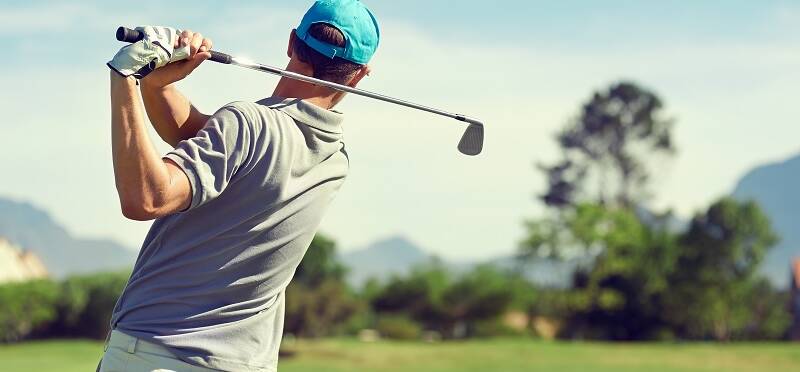Tips from a PT: How to Perfect the Squat
Posted on November 8, 2021 by Kathleen Warner PT, DPT, OCS
Squats are a foundational exercise movement. When you squat, you move at multiple joints via the action of several major...
(more…)




